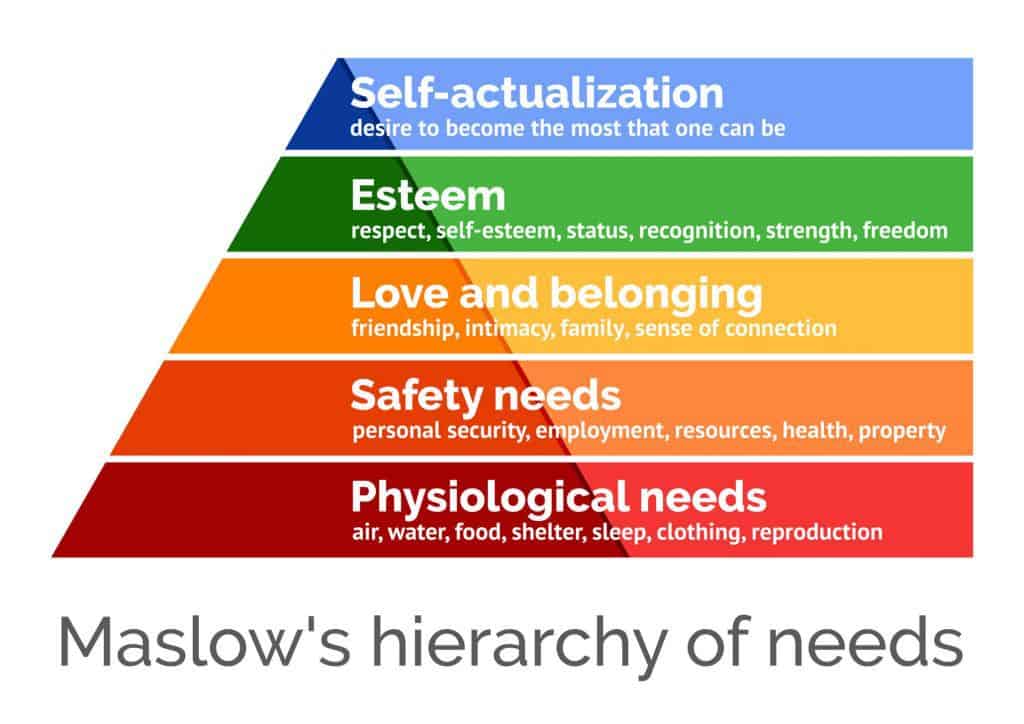
A demotivated employee works less efficiently, does not engage with the company, and over time may even simply leave the company. This is why finding the right method of motivation is so important.
Staff motivation includes a set of incentives that determine the behavior of a particular person. Therefore, it is a certain set of actions on the part of the manager to improve the work capacity and performance of employees, as well as ways to attract qualified and talented professionals and retain them. Each employer independently determines the methods that will best encourage their team to be proactive. The range of options is vast, and the method itself may need to be periodically reviewed, especially if it stops working.
As an employer you can first of all reach for a material motivation expressed in salaries, bonuses, prizes, company gifts, discounts on services and products, paid trainings and courses, etc. On the other extreme there is the non-material motivation, that is the one referring to emotional benefits – these can be verbal praise, periodic performance appraisal, highlighting an employee and his achievements in a newsletter, entrusting him with a project, creating opportunities to engage in the company’s CSR actions, as well as all actions aimed at team integration.
Motivation can be positive, when it is characterized by the use of positive incentives such as social packages, salary, bonuses, vacations. It can also be negative, when it is based on a system of punishment, fear of criticism, holding the whole team accountable, shouting, threats or intimidation.

Each of us probably remembers Maslow’s hierarchy of needs from school. And how does it apply to work and our employees? Well, all human needs from the pyramid are reflected in the workplace:
You, as an employer, need to ensure that these needs are met. Identifying what your employees lack can help you choose the right method of motivation. And note, it won’t always be money.
Most employers still think that money is the most important thing. But more and more studies show that for employees something more matters – benefits and social packages, convenient transportation, friendly atmosphere at work, company values, opportunities for development and self-fulfillment. A decent salary is only the basis and is not enough to keep the team highly motivated. This does not mean, of course, that you can pay less to make them work “for the idea”. So what to do in a situation where employees are demotivated and discouraged despite good pay conditions?

Look again at Maslow’s pyramid of needs. Money is at the bottom and paves the way for higher needs to be met. What if you flipped it around and started with a sense of fulfillment, belonging, and recognition? For many people, lower salaries are acceptable if they actually do what they like and feel the sense of it, have a good team and supervisor. Creating the right conditions to meet these needs is of course much more difficult and requires deeper analysis. You need to think about what you can do to make your employees feel that their work is meaningful, that they mean something to the company and are part of it. Here are some suggestions:
1. Praise. Many bosses feel that it is beneath their dignity to praise an employee. Meanwhile, praise, even when spoken casually or for a small reason, will do more than dry instructions and explicit compliance. A simple “thank you” or “well done” can mean a great deal to an employee who has put a lot of time and energy into a project or task. So praise your employees when they deserve it. Highlight even their smallest successes and how important they are to the company. You can also recognize employees of the month and highlight their merits on a special board or in a newsletter.
2. An opportunity for the subordinate to communicate with the supervisor. Employees often have questions with which they have no one to turn to: the boss rarely appears at work, and if he arrives, he closes himself in the office and deals with other matters. Colleagues are doing other tasks and don’t have time to help or don’t know how to do it themselves. Always keep your door open even to the lowest level employees. Show that you are willing to listen to them – what problems, concerns, ideas or suggestions they have. Talk to them respectfully and treat them as partners. After all, you are working together for a common goal.
3. A voice for everyone. It often happens that the most energetic team members come up with suggestions and ideas – the rest are shy or silent. Over time, such employees stop asking altogether, turning into shadows of more active colleagues. If you have such silent employees, give them a chance to shine. Conduct a brainstorming session, a team game, organize an event together. Under unusual circumstances, people reveal themselves from an unexpected side.
4. Provide feedback. Did an employee make a comment or suggest an idea? Respond to him or her. Always. Information cannot go into the ether. If you don’t respond to even the simplest of communications, you signal that what the employee has to say doesn’t interest you at all. Therefore, feedback is a must. Remember to always respond respectfully and constructively.
5. Celebrate company successes with your team. After all, it’s your employees who have worked hard for the company to win a consumer award, major client or project. They’re the reason you’re getting good customer feedback, being able to offer quality products and services, or ultimately reaching new sales thresholds and profits. You wouldn’t be able to do anything on your own, so remember that the success of a company is the success of the whole team. In such situations, organize a company party or a trip or just have a toast with your employees at your expense.
6. Treat your employees like human beings. They don’t just live their lives at work. They have families, hobbies and interests, personal problems and personal plans. Take an interest sometime in who your employees are outside of work. If someone is a single parent, support them with extra days off to care for a child or allow them to bring a child to the company. If someone has just returned from vacation, ask about their impressions and help them reintegrate into their duties. If you know an employee has a medical condition, make the employee as comfortable as possible so they don’t become fatigued or stressed. For small companies and small teams, be sure to remember the names of all your employees and never confuse them.
In recent years, employers have increasingly understood that employees are the foundation of a successful business. A motivated employee derives pleasure and enjoyment from work to which he or she is attached in body and soul. This cannot be achieved abruptly or by force. It’s a process that requires constant care and review as employees’ needs change with their life and work situations. Money is an important motivator, but it won’t help you build an engaged and strong team in the long run if you don’t address their higher needs.
Are you interested in this topic? Read also about motivation while working remotely.
Main article photo: photo by RUNSTUDIO / The Image Bank / Getty Images